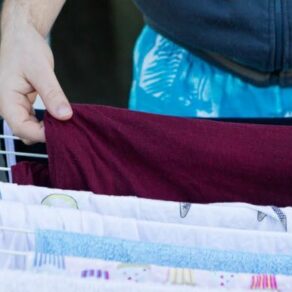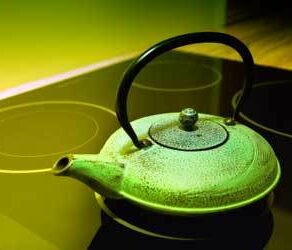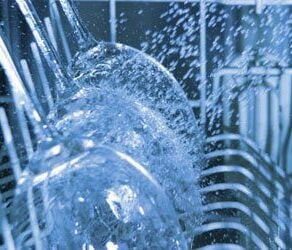Table of Contents:
One of the worst messes that you could ever have to clean up is the aftermath of a flood. Preventing pipes from freezing during the winter is important to avoid not only costly repairs, but all of the tough cleaning jobs that would come with that disaster as well. Use the tips below to keep your pipes from freezing inside or outside of your home.
of the worst messes that you could ever have to clean up is the aftermath of a flood. Preventing pipes from freezing during the winter is important to avoid not only costly repairs, but all of the tough cleaning jobs that would come with that disaster as well. Use the tips below to keep your pipes from freezing inside or outside of your home.
Preventing Pipes from Freezing
- Sprinkle about ½ cup of salt down each drain before going to bed.
- Turn the faucets on to a drip. Leave them on during the night or for as long as the freezing temperatures remain. (You can do this in addition to pouring salt down the drains.)
- Put an electric space heater in any particularly cold areas of the home where there are pipes, such as in a basement or laundry room. (Never use a fuel-powered space heater inside a home unless the area is well ventilated.)
- Cover pipes with insulation, such as foam pipe insulation tubes or even by wrapping them with newspaper, and tape the insulation in place. If needed, wrap trash bags or plastic wrap around the insulation to keep off water. Pipe insulation can remain in place year-round and will help prevent pipes from sweating during the summer, saving you energy.
- Use electric heat tape or a heat cord/cable. These products are available at most hardware stores. Make note of where the nearest electrical outlet is to the pipe you want to heat so that you can buy an extension cord as well if needed. This is the ideal solution for pipes that have frozen in previous years or that are in an exceptionally cold location.
- Shut off the water to sprinklers, swimming pools, outdoor faucets, and garden hoses, then drain the lines. Using a wet vac can help you to remove the water from the pipes if needed.
- If needed, antifreeze can be poured into pipes to prevent freezing, such as at a vacation home while you are away. Be sure to choose an environmentally-friendly version though as it will be going into the water supply.
Additional Tips:
- Do not combine the methods of using insulation and using electric heat tape as you could start a fire. Do not let the heat tape touch any other parts of the house, such as drywall or siding, for the same reason.
- If going out of town, do not turn off your thermostat. Instead, be sure to keep the house at 55 degrees Fahrenheit or above to prevent frozen pipes.
- If you turn on a faucet and no water comes out, that means you have a frozen pipe. Leave the faucet on to allow pressure to escape from the pipe. It may also be a good idea to attempt to find the frozen pipe and thaw it with a hair dryer or hot towels.
- To find a frozen pipe, hold a towel in your hand and run the towel along the pipe. The frozen area will be exceptionally cold. Using the towel is important to avoid freeze burns.
- The key to thawing a pipe safely is to go slow. Never use a blow torch to thaw a pipe or you could make it burst.
- If a pipe bursts, turn off the water to that area of the house and also turn off the electricity. Once you have done that, call your plumber.
Sources:
- Practical Problem Solver by Earl Proulx
- 10,001 Hints & Tips for the Home by Reader’s Digest
- How to Clean Practically Anything by Consumer Reports
- The Complete Household Handbook by Good Housekeeping
- Martha Stewart’s Homekeeping Handbook by Martha Stewart
- 1,001 Hints & Tips For Your Home by Reader’s Digest









Leave a reply